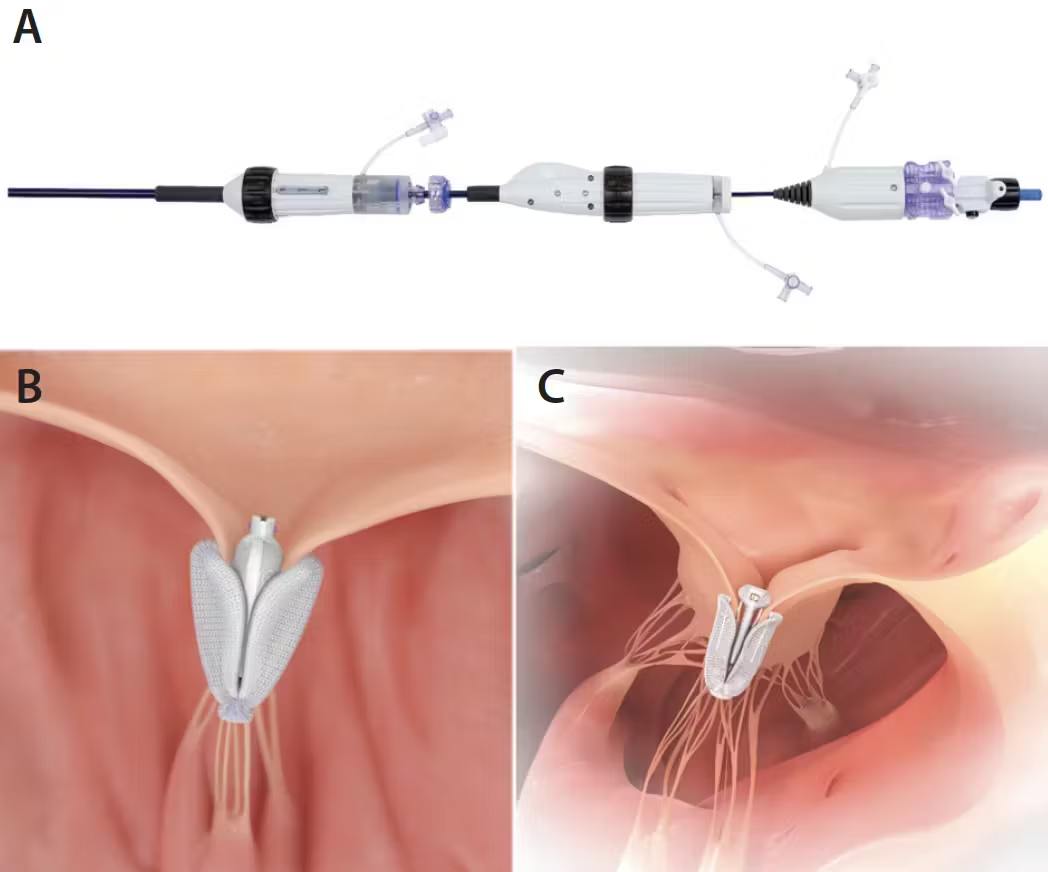
Heart health is central to overall well-being, and when something as vital as the mitral valve doesn’t function properly, it can lead to significant challenges. Mitral valve regurgitation—a condition where the valve between the heart’s left chambers doesn’t close fully—can strain the heart, cause symptoms like shortness of breath and fatigue, and increase the risk of severe complications if untreated. A cutting-edge treatment, Mitral Transcatheter Edge-to-Edge Repair (TEER), offers hope for patients with this condition.
Let’s delve into what TEER is, how it works, and why it’s transforming care for heart valve issues.
The mitral valve plays a crucial role in controlling blood flow within the heart. In a healthy heart, this valve ensures blood flows in one direction—from the left atrium to the left ventricle. However, in mitral valve regurgitation, the valve doesn’t seal tightly, allowing blood to flow backward. This forces the heart to work harder to maintain circulation, potentially leading to:
TEER is a minimally invasive procedure that helps restore proper valve function and alleviate symptoms of mitral valve regurgitation. It uses advanced technology—such as the Abbott MitraClip or Pascal Precision system—to reduce the backward flow of blood.
Instead of traditional open-heart surgery, TEER involves the insertion of a device through a catheter, requiring only a small incision in the groin. The procedure realigns the mitral valve flaps, ensuring better closure and reducing the strain on the heart.
TEER provides multiple advantages for patients, including:
TEER is often recommended for patients who:
However, determining eligibility requires thorough evaluation by a heart specialist.
Before proceeding with TEER, your healthcare team will conduct several diagnostic tests to assess your heart’s condition:
Once all test results are reviewed, a team of cardiologists, interventional cardiologists, heart surgeons, and imaging specialists will decide if TEER is the right treatment.
TEER is performed in a specialized cardiac catheterization lab and typically takes 2–3 hours under general anesthesia. Here’s an overview of the procedure:
Patients typically experience a quicker recovery compared to traditional surgeries. Here’s what to expect:
TEER not only alleviates symptoms but also offers long-term benefits:
1. Is TEER a permanent solution for mitral valve regurgitation?
Yes, TEER provides a long-term solution, though follow-up care and monitoring are essential to ensure continued effectiveness.
2. How soon can I return to normal activities after TEER?
Most patients can resume light activities within a few days and return to normal routines within a week, depending on their overall health.
3. Are there risks associated with TEER?
As with any medical procedure, there are risks such as infection, bleeding, or device-related complications, but these are relatively rare.
4. Can TEER be performed on all patients with mitral valve regurgitation?
Not all patients are candidates for TEER. A thorough evaluation by your heart team will determine if it’s suitable for you.
5. What is the success rate of TEER?
TEER has a high success rate, with most patients experiencing significant symptom relief and improved heart function.
6. Will I need blood thinners after TEER?
In many cases, patients are prescribed blood thinners to prevent clots. Your doctor will provide personalized recommendations.
MBBS, MD – Medicine, DNB – Cardiology
Cardiologist | 20 Years Experience
Fortis Institute of Cardiovascular Sciences, Rasoolpur Nawada, Industrial Area, Sector 62, Noida, Uttar Pradesh 201301
Monday – Saturday | 8AM – 5PM